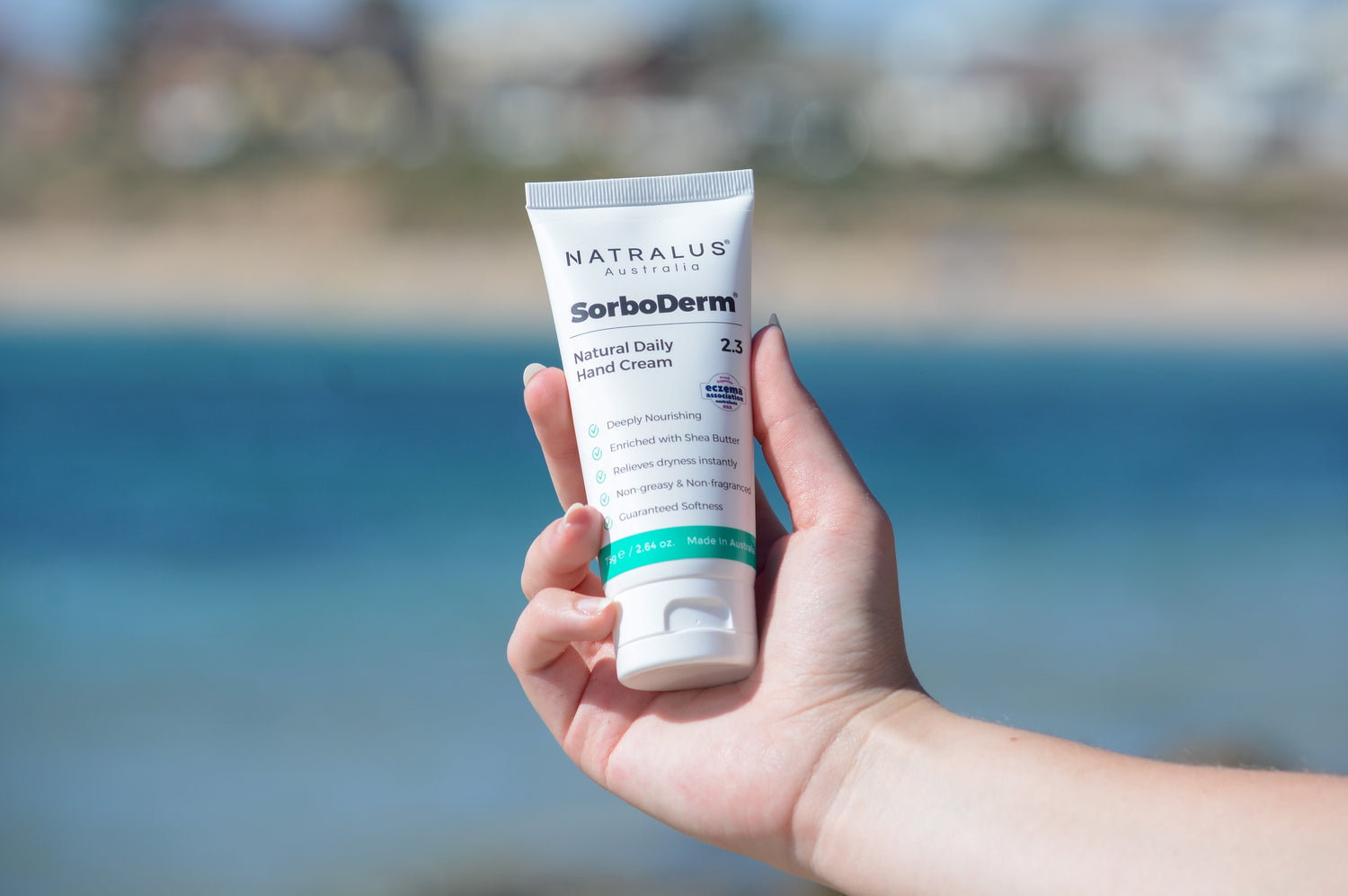According to dermatologists, using skin products that aren’t made for your skin type can result in severe skin problems or worsen existing skin conditions. An unsuitable product can dry out your skin and cause wrinkles, block your pores with excessive oils and result in acne breakouts, or irritate the skin. Here is a description of the various skin types, how to determine your skin type, and how organic skincare products can bring out the best of your unique skin.
Common skin types
Your skin type is determined by the amount of water and oil present in your skin. The right skin care product will balance the oil and water to ensure that your skin remains flawless and youthful. Let’s take a look at the different skin types:
1. Oily skin
This skin type is characterised by too much oil because of heightened sebum production. This causes the skin to:
• Appear shiny or greasy
• Be more prone to acne
• Have visible pores
Products designed for oily skin should:
• Have ingredients that assist in rebalancing the oil in the skin
• Be oil-free to avoid further clogging of the pores
2. Dry skin
A dry skin type is characterised by insufficient water levels caused by the skin’s inability to produce enough sebum. Therefore, the cutaneous barrier is altered by deficient lipids and the skin is often unable to protect itself from external conditions and cannot retain moisture. This can cause:
• Tightness
• Itchiness
• Visible flakiness, especially in winter months
• Fine lines
Remember that severity can vary from mild, very dry, to dehydrated skin. The severity may vary in different parts of the body or can intensify with age. Dry skin products should:
• Be water-based
• Add or bind moisture to the skin
3. Sensitive skin
Sensitive skin can result from overusing harsh products or a pre-existing skin condition. It can make you prone to:
• Itchiness
• Rashes
However, products designed for sensitive skin are usually gentle to prevent irritation.
4. Combination skin
People with a combination skin type will notice that some regions of their skin are dry, while other parts are oily. You may appear:
• Oily on the T-zone, which includes the chin, nose, and the forehead
• Slightly dry on other areas like the cheeks
The T-zone is usually characterised by an overproduction of sebum, while the drier cheeks is as a result of a deficiency in lipids. You should ensure that you use skincare products that are designed for this skin type.
5. Normal skin
You have a normal skin type if you have the right balance of water and oil in your skin. The skin is often:
• Radiant
• Has few blemishes since it rarely reacts negatively with most products
• Is neither too oily nor too dry
Factors affecting your skin type
Your skin type can be determined by factors such as:
• Medication
• Your diet
• The environment
• Hereditary factors
• How much you sleep
• Sun exposure
• Stress levels
• Hormones
Ways to determine your skin type
a. Oily skin
Washing your face
An hour after washing an oily face, there will be an oil build-up around the chest area, chin, nose, or the forehead.
Applying makeup
With oily skin, your makeup may not stay on for a long time and you may have to use blotting papers more often.
Observing your pores
Having enlarged pores with a blemished, dense, and uneven skin tone can indicate that you have oily skin.
b. Dry skin
Washing your face
After an hour or two of washing your face, dry skin will still feel very tight. Without a moisturiser, the skin dryness around the mouth and the eyes can feel very uncomfortable. It also appears rough with fine lines.
Observing the pores
The pores on dry skin are almost invisible because they are very tight.
c. Normal skin
Washing your face
One hour after washing your face, it will neither be too oily or too dry.
Observe your pores
If your pores are small and tight, it can be indicative of a healthy skin type.
Note skin reactions
With a normal skin type, you may never react negatively with most skin products.
d. Sensitive skin
Washing your face
After cleansing, sensitive skin may appear dry, flaky, and tight. You may often experience redness, especially around the cheeks.
Observing the pores
The pores on sensitive skin appear enlarged.
Reactivity
Is your face reactive to temperature changes, fragrances, specific products, or stress? You probably have sensitive skin if it burns, stings, or itches under extreme conditions.
e. Combination skin
Washing your face
The T-zone will become oily, while the cheeks may feel dry and tight an hour after washing your face.
Observing the pores
The pores on the T-zone will be somewhat enlarged with blackheads. On the cheeks, the pores may be tighter and have a smooth texture.
How organic skin care products are formulated to make your unique skin feel and look its best
Now that you know your skin type, it will be easier to choose natural skin care products that will address your specific skin concerns and maintain proper moisture and oil balance. Here is how particular products are formulated:
i. Oily skin products
Oily skin requires light formulations to keep it moisturised and hydrated. Notably, dense and ‘drying’ creams are not ideal because they can clog the pores and prompt the skin to become oilier, respectively. Additionally, be gentle on your skin and avoid over-exfoliating and over-washing.
ii. Dry skin products
Organic products for dry skin should be formulated with rich moisturising and nourishing ingredients. Cleansers should also be oil-based to ensure that the surface is not stripped off its natural oils.
iii. Normal skin products
If you have normal skin, you are safe to try a variety of organic products until you find one that brings the best out of your skin.
iv. Combination skin products
For your T-zones, a gentle formulation is ideal and moisturising lotion is necessary for the cheeks.





